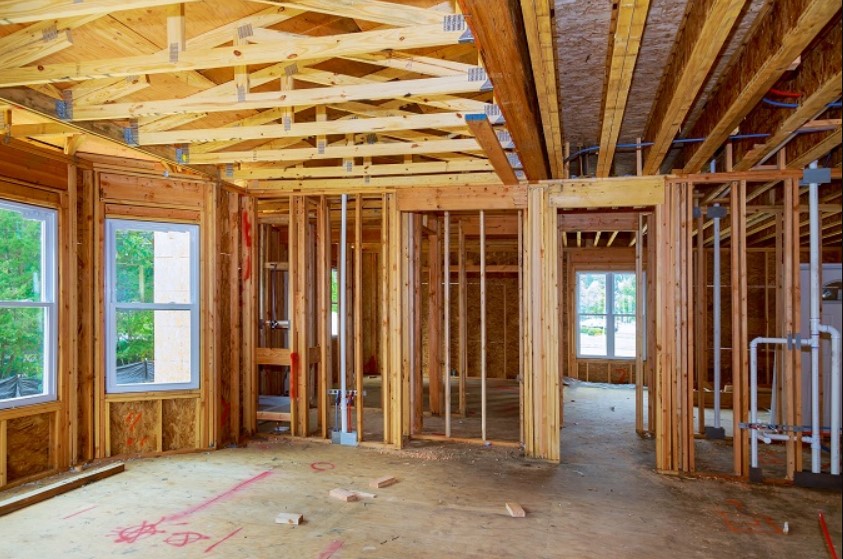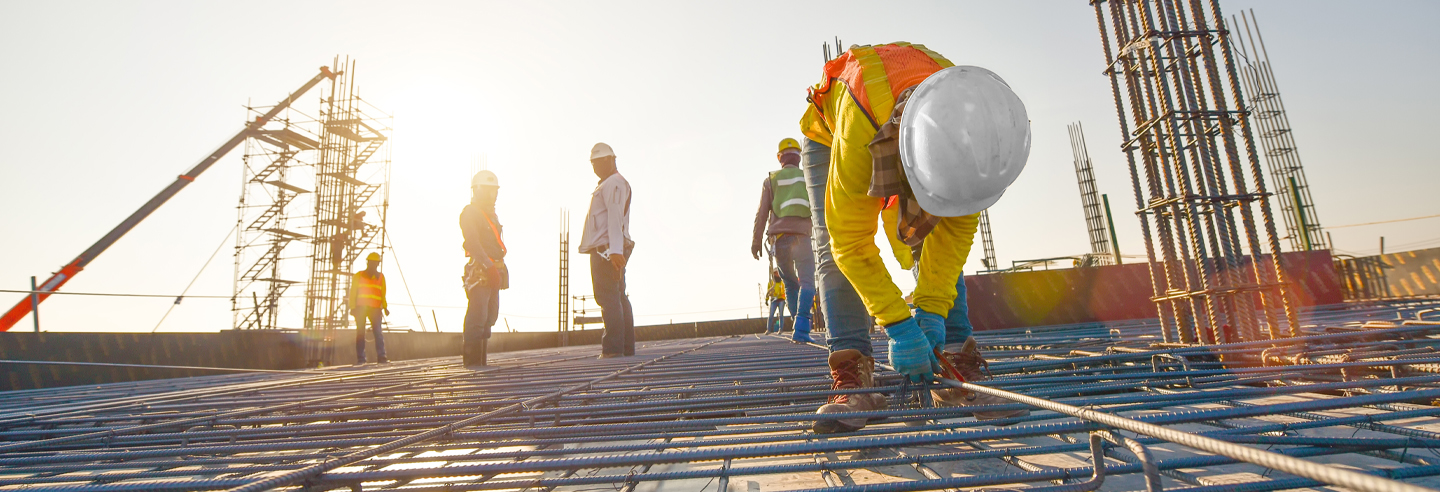
Wood has been a staple construction material for centuries, prized for its versatility, strength, and natural beauty. It also has many benefits from its usage due to its reusable, environmentally friendly qualities. From softwoods like pine and spruce to hardwoods like oak and mahogany, different wood species offer unique properties that make them ideal for various applications. However, choosing the right wood for a construction project can be a daunting task, as different types of wood have distinct characteristics that make them suitable for different purposes. In this article, we’ll explore some of the best wood options for construction.
Softwoods belong to the gymnosperm family, characterised by fast growth rates, light-coloured wood, and straight grain patterns. They are popularly used for construction, furniture making, paper production, and energy production. Some of the most used softwoods include pine, spruce, fir, cedar, and hemlock. Softwoods are employed for interior mouldings, window frames, furniture, and construction framing. For example, 18mm marine plywood is a popular softwood that is known for its durability and resistance to decay. It is often used for construction lumber, plywood, and framing.
Hardwoods belong to the angiosperm family, characterised by slower growth rates, denser wood, and complex grain patterns. They are widely used for furniture making, flooring, cabinetry, and decorative woodworking. Common hardwoods include oak, maple, cherry, walnut, and mahogany. Hardwoods are often used for furniture, flooring, cabinetry, decorative woodworking, and inlay work. For instance, walnut timber is ideal for outdoor furniture because of its innate immunity to rotting and bug infestation, making it more durable than popular woods like pine or cedar.
Engineered wood is manufactured by bonding or laminating multiple layers of wood veneer or strands together with adhesives, resulting in improved strength, durability, and stability compared to solid wood. Engineered wood does not favour a particular wood species in its production; it incorporates both softwoods and hardwoods. The most common types of engineered wood construction materials include plywood, oriented strand board (OSB), laminated wood, and glued laminated timber (glulam). Engineered wood is suitable for flooring, cabinetry, furniture, and structural building components.
Framing timber, also known as structural wood, provides strength and stability to buildings and structures. Builders use softwood, hardwood, and engineered timber for construction, as each type has its unique advantages and applications. Timber frames provide more room for insulation and possess remarkable natural thermal capabilities, making them increasingly popular. Timber framing is often an essential component in the construction of walls, roof trusses, and floor joists. Wood frame construction is an ideal choice for construction projects of all sizes and types, including commercial and residential structures.
How to Choose
When it comes to choosing between hardwood and softwood for timber framing, several factors influence the decision, such as the intended use of the structure, location and climate of the building site, and personal preference. Hardwood frames are known for their strength, durability, and resistance to decay, making them suitable for building structures that require longevity and are exposed to harsh weather conditions. Softwood frames are generally less expensive and widely used for building residential structures and smaller buildings.
The Bottom Line
In conclusion, selecting the best wood for construction depends on various factors, including cost, strength, durability, and location. Softwoods, hardwoods, and engineered wood are common choices for construction projects, each with its unique advantages and applications. Softwoods are preferred for their fast growth rates and low cost, while hardwoods are known for their strength, durability, and distinctive grain patterns. Engineered wood provides improved strength, durability, and stability compared to solid wood. Wood frame construction is an ideal choice for construction projects of all sizes and types, commercial and residential structures alike. Whatever wood species you choose for your construction project, always select wood from sustainable sources and employ appropriate preservation methods to enhance its longevity.

